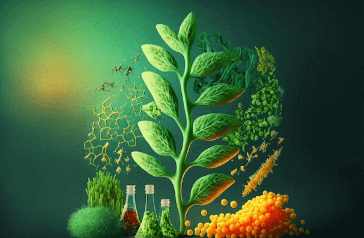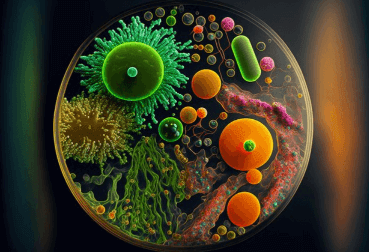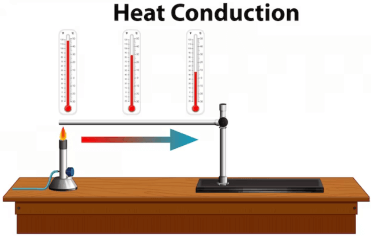Question
a.
Copper
b.
Zinc
c.
both 'a' & 'b'
d.
neither 'a' nor 'b'
Posted under Chemical Engineering Basics Basic Chemical Engineering
Interact with the Community - Share Your Thoughts
Uncertain About the Answer? Seek Clarification Here.
Understand the Explanation? Include it Here.
Q. Which of the following metals can be extracted from its ore by both pyrometallur-gical as well as hydrometallurgical methods ?
Similar Questions
Explore Relevant Multiple Choice Questions (MCQs)
Q. If a heat transfer surface is pock-marked with a number of cavities, then as compared to a smooth surface the heat transfer by __________ will not increase.
View solution
Q. Piezoelectric is a material
View solution
Q. Oxygen content below __________ percent in air contaminated with nitrogen does not support combustion and is unsafe for humane exposure.
View solution
Q. Moist air is cooled along the line of constant __________ , when it is passed over a cold & dry cooling coil, such that no condensation occurs.
View solution
Q. Which of the following has rotten eggy smell ?
View solution
Q. Freezing of 35% oleum during its shipment in winter is avoided by the addition of small amount of
View solution
Q. In hot working, dynamic recovery occurs in
View solution
Q. Which of the following manufacturing processes produces the strongest components ?
View solution
Q. Cast iron compared to steel is better in
View solution
Q. Sewage is not an excellent medium for the growth of
View solution
Q. Which of the following pair is correctly matched?
View solution
Q. Rate of chemical reaction is not much affected, if the reactants are in __________ form.
View solution
Q. Materials used for making permanent magnets containing iron and nickel are made by __________ technique.
View solution
Q. Lubrication is done to control
View solution
Q. In 18-4-1 high speed steel, 18, 4 & 1 respectively denote the percentage of
View solution
Q. Role of a "collector" in froth floatation is to
View solution
Q. For the running of power generating turbines, the steam used should be
View solution
Q. Creep consideration is the most important in case of the
View solution
Q. The diffusion co-efficient of Ni in Cu at 1000 K is 1.93 x 10⁻¹⁶ m² . S⁻¹ and it is 1.94 x 10⁻¹⁴ m² S⁻¹ at 1200 K. The activation energy (in k. J.mole⁻¹ ) for the diffusion of Ni in Cu is
View solution
Q. The magnitude of water hammer caused in pipe flow is independent of the
View solution
Recommended Subjects
Are you eager to expand your knowledge beyond Basic Chemical Engineering? We've handpicked a range of related categories that you might find intriguing.
Click on the categories below to discover a wealth of MCQs and enrich your understanding of various subjects. Happy exploring!








